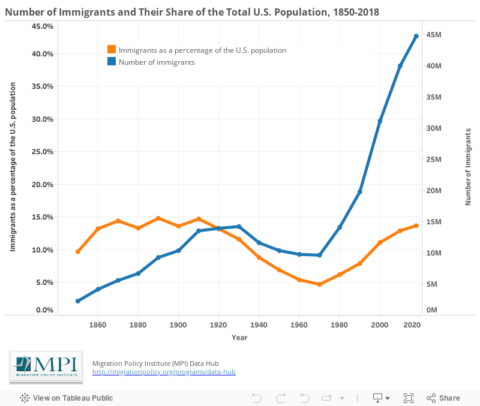Theophilus Chilton argues against the legality of “birthright citizenship”:

“American Flag” by JeepersMedia is licensed under CC BY 2.0
One of the benefits of Donald Trump’s involvement in politics over the last ten years has been that it opened up a robust national discussion about an issue that up until recently had been largely ignored by the political class. This discussion is about so-called “birthright citizenship”, the idea that whenever a foreign national (regardless of legal status and with a very few exceptions) has a child on American soil, this child automatically becomes an American citizen from birth. This approach to citizenship has been the de facto (though not de jure) approach to the issue of “anchor babies”, the children of illegal aliens who come to the United States so that they can have their children here, thus allowing the parents to remain as well, usually helping themselves to generous American benefit monies.
Defenders of unrestricted birthright citizenship – primarily found among liberals, establishment GOP types, and the more uninformed types of libertarians – adamantly argue from the 14th amendment’s Citizenship Clause that birthright citizenship is not only legal, but is in fact constitutionally protected, and is what the 14th amendment has meant all along. They often try to buttress their arguments by appealing to English common law with its historical provisions for birthright citizenship. However, is this sort of “swim a river, fill our quiver” approach really what the 14th amendment meant? Is it really what English common law, which forms the basis for much of our own law and constitutional interpretation, historically upheld? The answer to these questions is, “No”. Let’s look at some of the history behind this issue.
The crux about which the discussion revolves is the Citizenship Clause found in the 14th amendment, Section 1,
All persons born or naturalized in the United States, and subject to the jurisdiction thereof, are citizens of the United States and of the State wherein they reside.
More specifically, what is at issue is the phrase, “and subject to the jurisdiction thereof”. Clearly, the clause was not intended to convey American citizenship to an unlimited pool of children born to aliens on American soil. If this had been the case, then the phrase under discussion would not have been included. Obviously, some limits were intended, those circumscribed by the intent of being “subject to the jurisdiction thereof”.
So what were these limits? Typically, it will be pointed out that the limits due to this jurisdictional issue were that citizenship was not being conveyed to children born of ambassadors and others aliens employed by their foreign governments, nor was it being conveyed to members of various Indian tribes which exercised sovereign powers within their own territories (this latter was rescinded by an act of 1924 which granted Indian tribes full American citizenship). Were these the only restrictions on birthright citizenship intended by the author and debaters of the 14th amendment?
No, actually. Let’s understand what the original intention of the 14th amendment was, which was to grant American citizenship to former black slaves and their children, and to prevent these newly freed citizens from being denied citizenship rights by certain of the southern states. That’s it. This was made clear by Sen. Jacob Howard, who authored the amendment in 1866, who clearly provided the intent for this section of the amendment,
Every person born within the limits of the United States, and subject to their jurisdiction, is, by virtue of natural law and national law, a citizen of the United States. This will not, of course, include persons born in the United States who are foreigners, aliens, who belong to the families of ambassadors or foreign ministers accredited to the government of the United States, but will include every other class of persons. It settles the great question of citizenship and removes all doubt as to what persons are or are not citizens of the United States. This has long been a great issue in the jurisprudence and legislation of this country.
Clearly, other classes of foreign citizens were intended besides the children of ambassadors and other diplomatic personnel. Indeed, Howard’s statement appears to be quite all-encompassing – if taken at face value, it would appear that he did not even intend the 14th amendment to grant citizenship to the children of foreign nationals here legally, much less to those here illegally.












